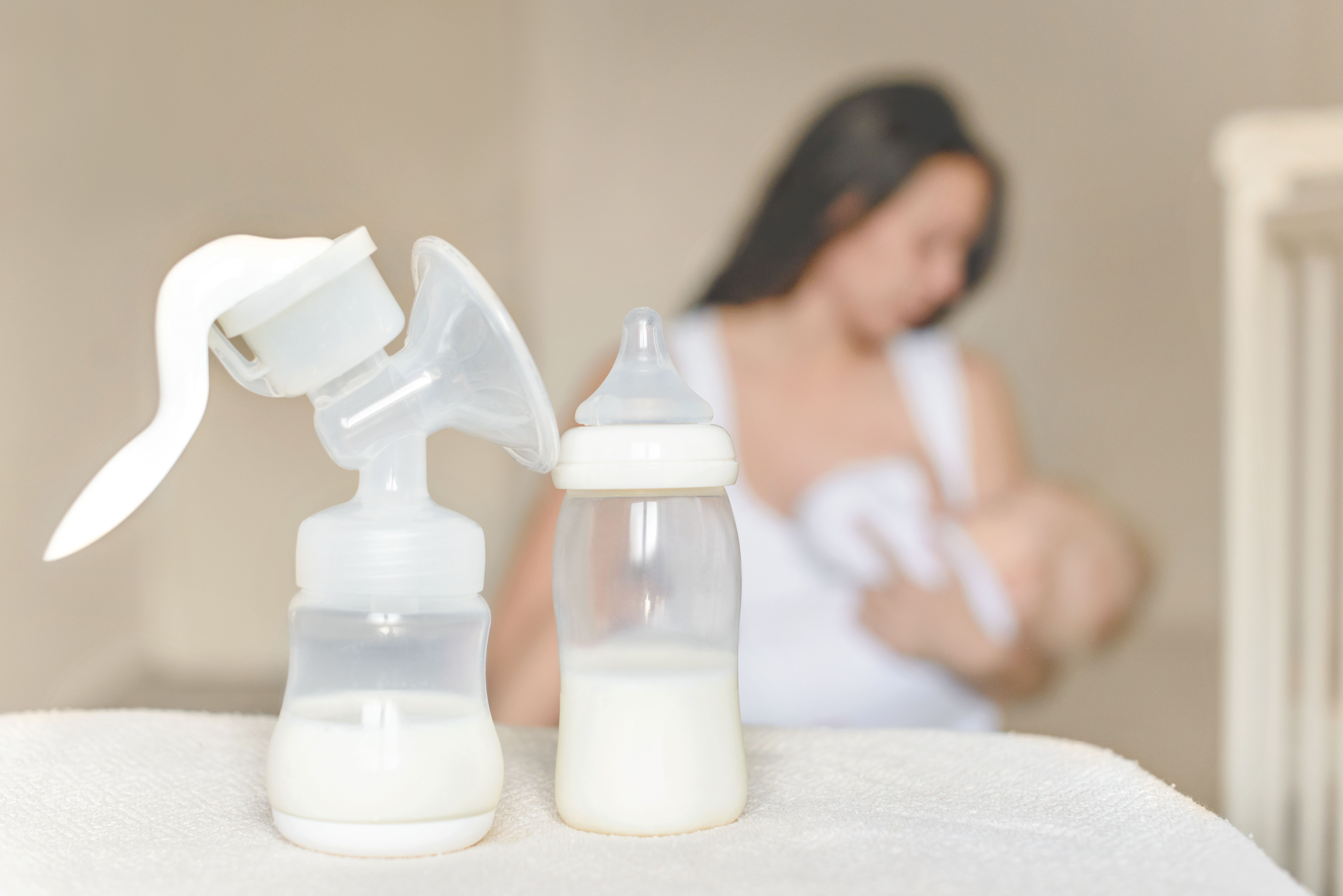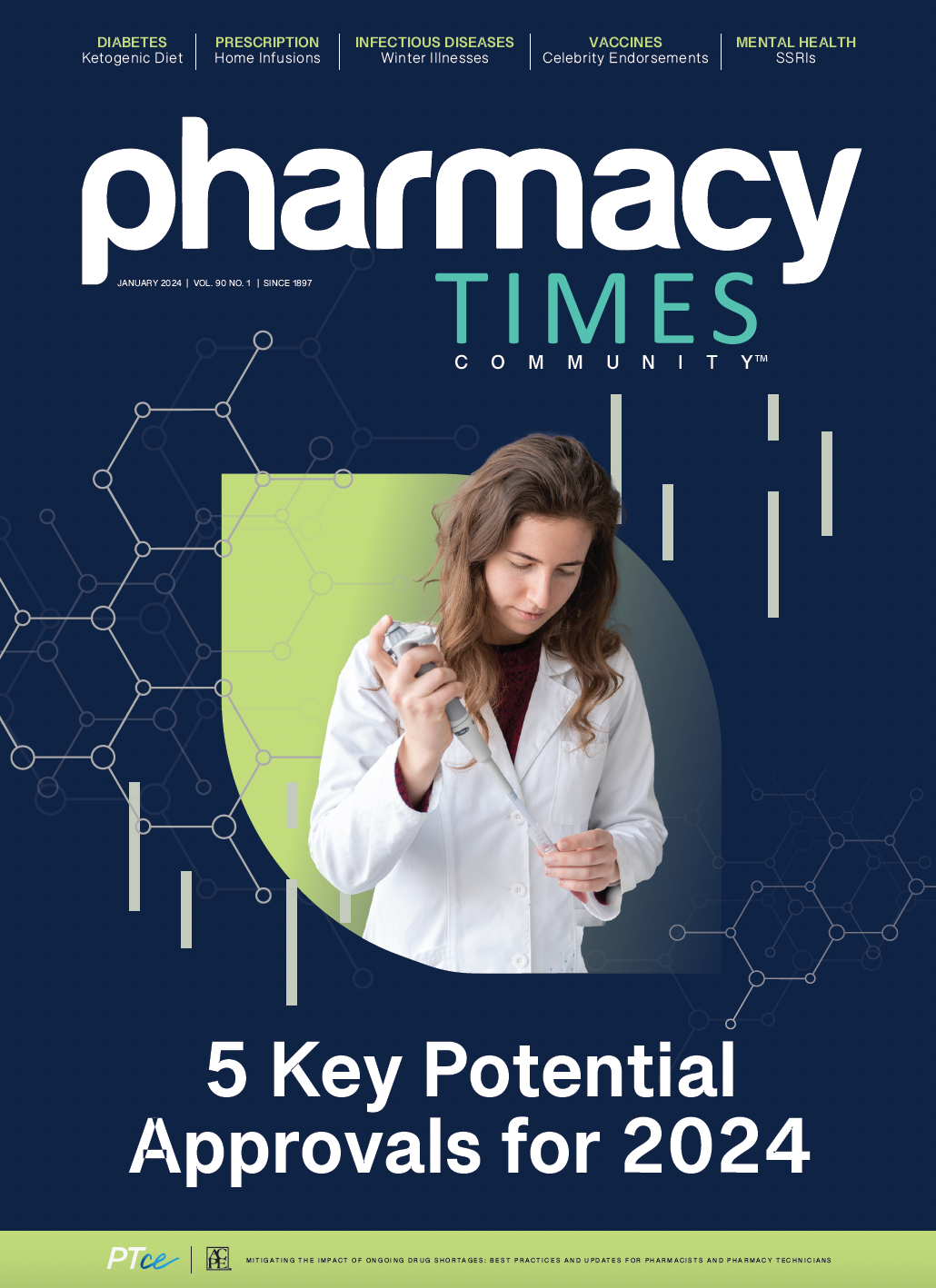Publication
Article
Pharmacy Times
Two Laws Expand Protections for Nursing Employees
Creating additional space for nursing mothers can be challenging in small pharmacies
In 2012, congress first considered the Pregnant Workers Fairness Act (PWFA), followed by the Providing Urgent Maternal Protections (PUMP) for Nursing Mothers Act in 2021. In early 2022, a significant baby formula recall, high tariffs, and the COVID-19 pandemic created the perfect storm for a severe baby formula shortage. In July of that year, the American Academy of Pediatrics updated its guidelines, recommending that mothers breastfeed children until 2 years after birth or longer.1 This series of events increased support for the PWFA and PUMP for Nursing Mothers Act.
Image credit: evso | stock.adobe.com

On December 26, 2022, the Consolidated Appropriations Act, 2023, which includes both the PWFA and PUMP for Nursing Mothers Act, was enacted by Congress. The PWFA requires employers to accommodate pregnant employees facing temporary limitations from pregnancy and pregnancy-related conditions. Meanwhile, the PUMP for Nursing Mothers Act further protects nursing employees’ rights to reasonable time and space to express breast milk for their nursing child. The Consolidated Appropriations Act, 2023, took effect on June 27, 2023. The PWFA is enforced by the US Equal Employment Opportunity Commission, and the PUMP for Nursing Mothers Act is enforced by the US Department of Labor.2
Before the PWFA, only 30 states and cities had laws addressing accommodations for pregnant employees. The PWFA protects all pregnant employees in the United States by requiring employers to accommodate their physical and mental limitations during pregnancy, including providing extra break time and more flexible hours. Employers are exempt from the PWFA if they have fewer than 15 employees or if the accommodation would cause the employer substantial difficulty or cost.2
The PUMP for Nursing Mothers Act requires employers to provide time and a private space (not a bathroom) for nursing employees to express milk until the employee’s child is aged 1 year. This law amended the Fair Labor Standards Act of 1938 and strengthened the Break Time for Nursing Mothers provision, a part of the Patient Protection and Affordable Care Act of 2010. The Break Time for Nursing Mothers provision presented 3 main issues: (1) It did not cover approximately 25% of employees of child-bearing age; (2) it did not allow employees to file lawsuits or seek a monetary remedy from employers who failed to comply; and (3) it did not clarify whether time spent expressing milk should be paid or unpaid. Compared with the Break Time for Nursing Mothers Act, the PUMP for Nursing Mothers provision protects an additional 9 million employees, protects employees’ right to file lawsuits against employers not complying with the law, and requires employers to compensate nursing employees if they are not fully relieved of their work duties while expressing breast milk.3 Employers exempt from the PUMP for Nursing Mothers Act include various transportation employers and small businesses with fewer than 50 employees if the accommodations would cost significant time and money.4
When the PUMP for Nursing Mothers Act passed, many employers questioned how and when they would need to provide space for nursing employees. The need for additional space is specifically challenging in small pharmacies that have long outgrown their work areas. According to the US Department of Labor, employers can make a permanent or temporary space for nursing employees to express milk, as long as it is private, shielded from others, not interrupted by others, and not a bathroom. Employers with no nursing employees do not need a designated space for nursing employees; however, the US Department of Labor recommends having an area ready to convert to a lactation area when required. Employers with a nursing employee without the room for a permanent space can create a space that converts to a nursing area when needed.4
The PWFA and PUMP for Nursing Mothers Act do not preempt state or local laws if they offer more employee benefits. For example, California Senate Bill 142 requires employers to provide nursing employees with a convenient refrigerator and sink near their work area.5 In Georgia, House Bill 1090 protects the rights of all employees to have paid breaks to express breast milk. Furthermore, there is no 1-year time limit like the one in the PUMP for Nursing Mothers Act.6 Due to the differences in legislation, employers should follow local, state, and federal legislation.
Other laws that protect pregnant and postpartum workers include Title VII of the Civil Rights Act of 1964, the Americans with Disabilities Act of 1990, and the Family and Medical Leave Act of 1993. Title VII of the Civil Rights Act of 1964 forbids employers from discriminating against pregnant employees. Title I of the Americans with Disabilities Act of 1990 protects employees with disabilities from discrimination and requires covered employers to provide accommodations for employees with disabilities. Pregnancy is not considered a disability under the Americans with Disabilities Act of 1990, but some pregnancy-related medical conditions, such as lifting and standing limitations, are considered a disability. Finally, the Family and Medical Leave Act of 1993 protects employees’ rights to unpaid leave with job reassurance for specific medical and personal reasons.2
About the Authors
Kaylee N. Meador, BS, is a PharmD candidate at the University of Kentucky College of Pharmacy in Lexington.
Joseph L. Fink III, JD, DSC (HON), BSPHARM, FAPHA, is professor emeritus of pharmacy law and policy and former Kentucky Pharmacists Association Professor of Leadership at the University of Kentucky College of Pharmacy in Lexington.
References
- Updated AAP guidance recommends longer breastfeeding due to benefits. News release. American Academy of Pediatrics. 2022. Accessed November 22, 2023. https://publications.aap.org/aapnews/news/20528/Updated-AAP-guidance-recommends-longer
- What you should know about the Pregnant Workers Fairness Act. US Equal Employment Opportunity Commission. Accessed November 22, 2023. https://www.eeoc.gov/wysk/what-you-should-know-about-pregnantworkers-fairness-act
- The PUMP Act explained. US Breastfeeding Committee. Accessed November 22, 2023. https://www.usbreastfeeding.org/the-pump-act-explained.html
- Frequently asked questions – pumping breast milk at work. US Department of Labor. Accessed November 22, 2023. https://www.dol.gov/agencies/whd/nursing-mothers/faq
- Employees: Lactation Accommodation, SB 142 (Cal 2019).October 10, 2019. Accessed November 22, 2023. https://leginfo.legislature.ca.gov/faces/billVotesClient.xhtml?bill_id=201920200SB142
- Labor and Industrial Relations; Provisions Regarding Employer’s Obligation to Provide Break Time for an Employee to Express Breast Milk, HB 1090 (Ga 2020). August 5, 2022. Accessed November 22, 2023. https://legiscan.com/GA/text/HB1090/2019


FDA Approves Dupilumab, Marking First Targeted Therapy in a Decade for Chronic Spontaneous Urticaria




